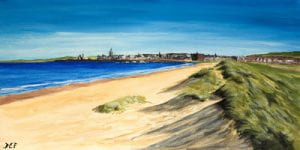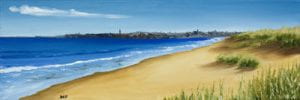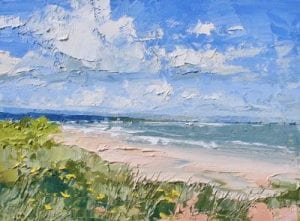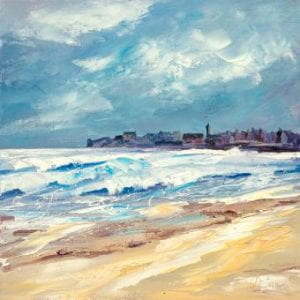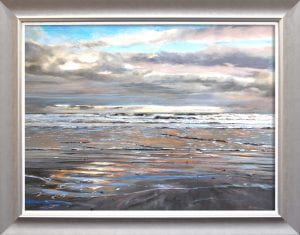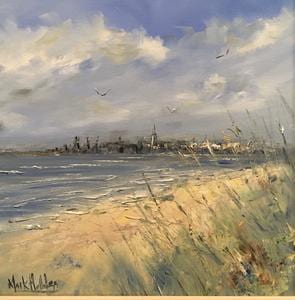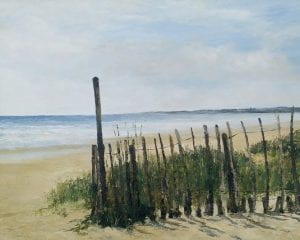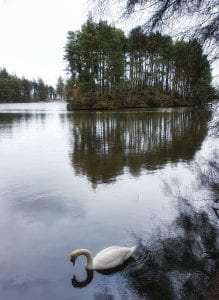Space is experienced and understood by artists in different ways. There are empirical studies which support this conclusion, but it is simpler to compare two paintings of the same ‘space’, in this case the ‘empty’ seas around St. Kilda.
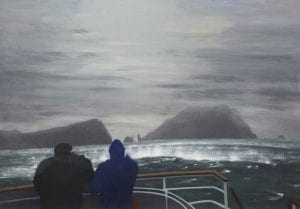
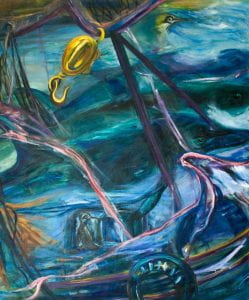
The painted surfaces are not simply a record of the physical three-dimensional reality that will be experienced at a specific latitude and longitude on the planet’s surface. These two artists inhabited that space and each brought back a memory of a unique experience. From his empirical observations, Golledge concluded that it is misleading to analyse human special understandings by referring to an objective ‘real’ environment. To develop his point bluntly, the single authentic world does not exist and an analysis of paintings should instead focus on how painters react in relation to how they perceive the space around them.
